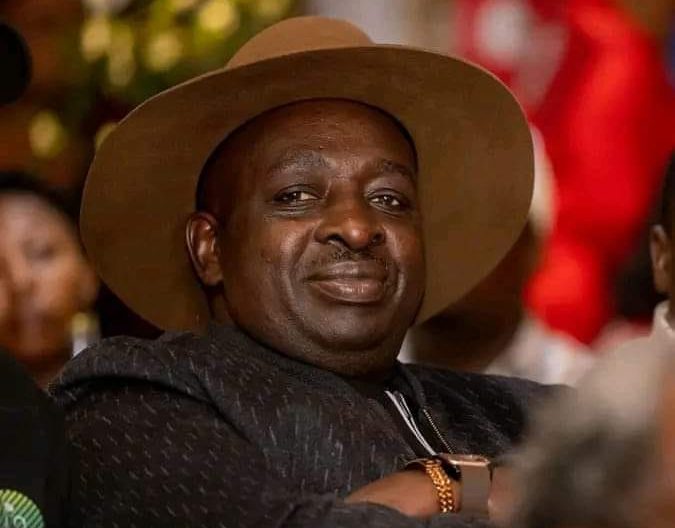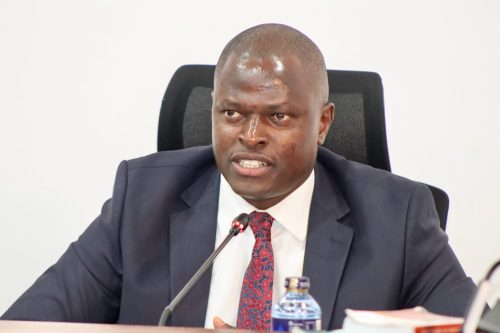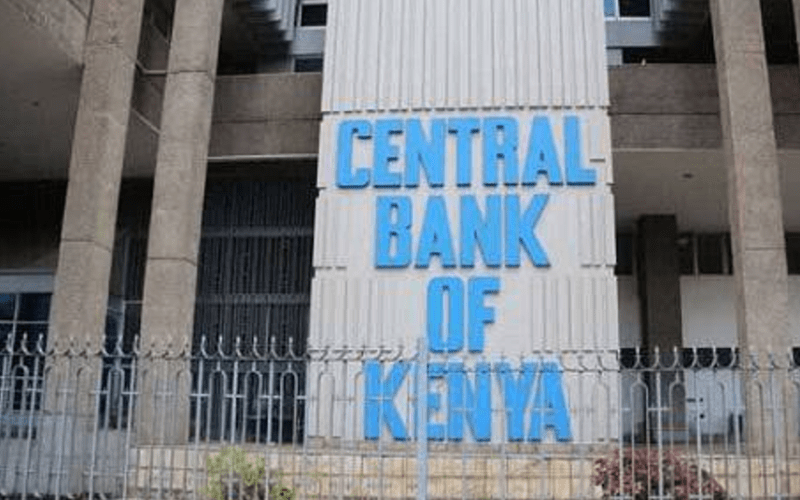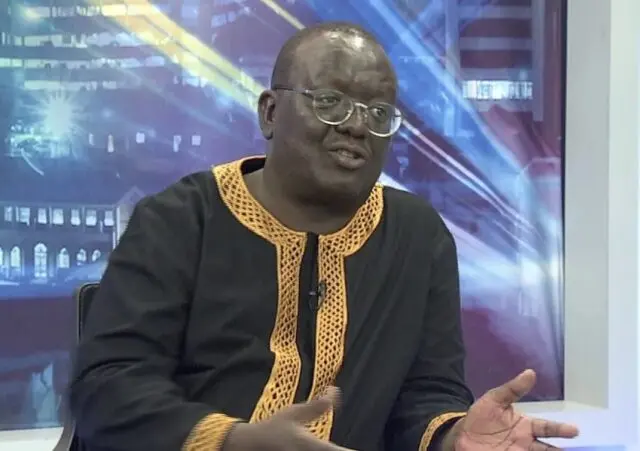Gakuya warns Ruto regime may double borrowing amid fiscal strain

Embakasi North MP James Gakuya has warned that President William Ruto’s administration is on course to accumulate more debt than the previous regime of former President Uhuru Kenyatta, despite having campaigned on a platform of fiscal discipline and reduced borrowing.
Speaking during a media interview on April 22, 2025, Gakuya criticised the Kenya Kwanza administration for failing to honour its pledge to curb debt accumulation, claiming the country could end up with a debt burden of Ksh20 trillion if current borrowing trends continue.
“We had pledges to Kenyans, and the biggest pledge was to reduce borrowing. But I can tell you, the pressure under which we are borrowing today is equivalent to the last regime. By the end of this regime, we may have borrowed double what the previous administration did,” Gakuya stated.
The legislator faulted the government’s over-reliance on loans to fund major development projects, arguing that the same could be achieved through better management of domestic resources and innovative financing mechanisms.
He challenged the Ruto administration to tighten revenue collection systems and plug leakages before turning to debt to fund projects.
“You cannot depend on borrowing every single day. At the end of the day, in what state are you going to leave the country? We should first seal loopholes in revenue collection and prudently manage what we generate locally,” he urged.
Gakuya further drew comparisons with neighbouring Tanzania, which he claimed successfully implemented major infrastructure projects such as the Standard Gauge Railway (SGR) without borrowing externally.
“We have our brother Tanzania here, who has just made SGR from the port all the way to Rwanda without borrowing a penny. It doesn’t mean we must always borrow. We can explore partnerships that pay for themselves without adding debt,” he added.
He urged the Kenyan government to consider public-private partnerships and other innovative financing options to avoid deepening the country’s debt burden.
“And I can tell you, if this regime is going to borrow like Ksh10 trillion, and the last regime had borrowed almost equivalent, then we are going to take this country to a huge depth of like Ksh20 trillion. That is not a forward stride,” he stated.
Nyoro’s concern
Gakuya’s concerns echo those of former Budget and Finance Committee Chairperson Ndindi Nyoro, who has also voiced alarm at the country’s growing debt obligations.
Nyoro on April 15, 2025, said the government spends over Ksh1.8 trillion annually on debt repayments—Ksh750 billion on interest for domestic debt alone, and roughly Ksh250 billion on external interest.
“We are not treating this matter with the seriousness it deserves,” he said.
He faulted the government for failing to align spending with revenue realities, arguing that half of all collected revenue goes directly to debt servicing.
“You raise Ksh2.4 trillion, and half of it is used to pay interest alone. Remove debt, salaries, and pensions—what’s left to run the country?” he asked.

Nyoro noted that of the Ksh1.25 trillion allocated to the Consolidated Fund Service (CFS), the bulk is used for mandatory expenses such as pensions and loan repayments, leaving little for development.
“The reality is we retire debts at 6.8 per cent and reborrow at 10.3 per cent. Then we clap for that? These are the things that will soon catch up with the country,” he warned.
Kenya’s deepening debt profile
The lawmakers’ remarks come amid growing scrutiny of Kenya’s domestic debt levels, which have surged by over 26 per cent, from Ksh4.83 trillion in June 2023 to Ksh6.12 trillion by March 2025.
According to the Central Bank of Kenya (CBK), Treasury Bonds now account for more than 84 per cent of government securities, while the share of short-term Treasury Bills has risen from 13.28 per cent to 15.12 per cent, indicating a shift toward high-frequency borrowing.
Adding to the volatility is the CBK’s overdraft facility, another short-term source of cash for the government, which peaked at Ksh109.82 billion in March 2025.

In June 2024, Kenya successfully repaid its $2 billion Eurobond by issuing a $1.5 billion international bond, offering some short-term relief.
Despite this, on-lent funds from the International Monetary Fund (IMF) have declined, while bilateral debt, particularly from China, which accounts for 17 per cent of external debt, continues to weigh heavily on repayment schedules.
Kenya’s total public debt stood at Ksh10.6 trillion by June 2024, with domestic debt accounting for 45.3 per cent of that figure.
The government projects a narrowing fiscal deficit to 3.3 per cent of GDP in the 2024/25 financial year, down from 5.7 per cent in 2023/24.














